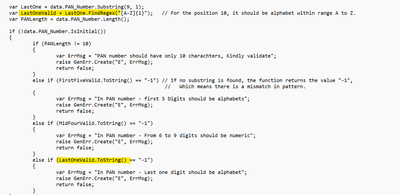Virtual Context in SAP UI5
Hello Readers, In this post, I am going to discuss about a scenario (and solution) that some of us might have faced while using smart forms in ui5 with CDS generated odata services. Scenario: Suppose we have a table in se11. The data from the tabl...























